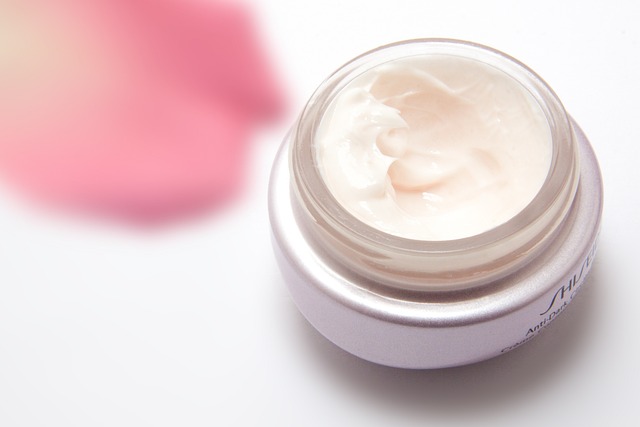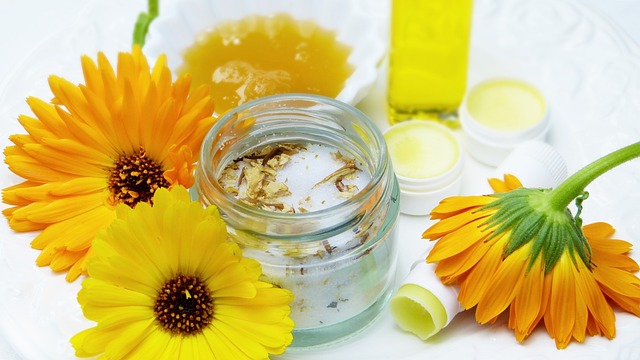Skin resurfacing peels, using chemical solutions like glycolic or lactic acid, offer non-invasive ways to improve skin texture, reduce signs of aging, and address various skin concerns. Tailored to individual needs, these treatments range from mild AHAs for sensitive skin to stronger BHA and TCA peels for more severe conditions. Professional guidance ensures safety and effectiveness, with post-treatment care crucial for optimal results. While generally safe, risks include irritation and, rarely, hyperpigmentation or scarring; consulting a dermatologist is advised. Choosing qualified estheticians specializing in these peels is key to achieving desirable skin rejuvenation outcomes.
“Unveil your skin’s true radiance with professional exfoliation treatments, also known as skin resurfacing peels. This comprehensive guide explores the transformative power of these specialized procedures. From understanding the science behind various peel types to selecting the perfect match for your skin and navigating post-treatment care, we demystify the process. Discover the benefits of chemical skin peels for common concerns, learn about potential side effects, and find expert advice on choosing a qualified professional. Uncover the secrets to achieving smoother, more youthful-looking skin with skin resurfacing peels.”
Understanding Skin Resurfacing Peels: A Comprehensive Overview

Skin Resurfacing Peels, also known as chemical peels, are a popular professional exfoliation treatment that involves applying a chemical solution to the skin to remove the upper layers. This process encourages cell turnover and promotes the growth of new, healthy skin cells, resulting in a smoother, more even-toned complexion. The depth of the peel can vary depending on the desired outcome, with some treatments targeting superficial imperfections while others penetrate deeper to address moderate to severe signs of aging.
These peels work by dissolving away the glue-like substance that binds dead skin cells together, allowing for their gentle removal. This exfoliation process not only improves skin texture but also stimulates collagen production, leading to a youthful glow and reduced appearance of fine lines and wrinkles. Common chemicals used in skin resurfacing peels include glycolic acid, salicylic acid, and lactic acid, each offering unique benefits tailored to different skin types and concerns.
Types of Professional Exfoliation Treatments Available

Professional exfoliation treatments offer a wide array of options for achieving smoother, more radiant skin. One popular choice is skin resurfacing peels, which involve applying a chemical solution to the skin to remove the upper layers, stimulating collagen production and revealing healthier skin beneath. These peels vary in strength, from mild to strong, depending on individual skin concerns and tolerance.
Other advanced treatments include microdermabrasion, a procedure that uses fine crystals or a special device to gently sand away the outer layer of skin, and dermaplaning, which involves using a specialized tool to exfoliate the skin by removing dead cells and vellum, leaving behind a smoother, brighter complexion. Each treatment has its unique benefits and is tailored to address specific skin issues like fine lines, acne scars, hyperpigmentation, and dullness.
Benefits of Chemical Skin Peels for Various Skin Concerns

Chemical skin peels, also known as skin resurfacing peels, offer a non-invasive approach to achieving smoother, more even skin. These treatments work by applying a solution that exfoliates the upper layers of the skin, removing dead cells and stimulating collagen production. This process can significantly improve a range of skin concerns, from fine lines and wrinkles to acne scars, sun damage, and hyperpigmentation.
One of the key benefits is its versatility; different chemical compounds like glycolic acid, salicylic acid, or trichloroacetic acid (TCA) are used based on the specific skin issue. Glycolic acid is excellent for gentle exfoliation and brightening, while TCA peels are more intense and suitable for severe conditions such as deep acne scars or thick keratinosis. Regular chemical peels can enhance skin texture, promote cell turnover, and provide a healthier, rejuvenated complexion.
Choosing the Right Peel for Your Skin Type and Conditions

When considering professional exfoliation treatments, such as skin resurfacing peels, it’s paramount to select the ideal peel that aligns with your skin type and specific conditions. Skin types vary greatly, from dry and sensitive to oily and acne-prone, each requiring a tailored approach for optimal results. For instance, gentler alpha hydroxy acid (AHA) peels are suitable for those with delicate or dry skin, as they offer exfoliation without causing irritation. Conversely, stronger beta hydroxy acid (BHA) peels, often containing salicylic acid, target oily and acne-prone skin by deeply cleansing pores.
Understanding your skin’s needs is crucial. If you have sun damage or wrinkles, a more aggressive peel like a lactic acid or glycolic acid treatment might be recommended for significant skin resurfacing. Professional estheticians can guide you in choosing the right peel intensity and active ingredients to ensure safety and effectiveness, addressing both immediate concerns and long-term skin health goals.
The Application Process: What to Expect During a Professional Treatment

During a professional exfoliation treatment, clients can expect a carefully orchestrated process designed to enhance skin health and appearance. The typical session begins with a consultation where a specialist assesses your skin type and needs. They may recommend specific products or techniques based on this evaluation. From there, the technician will clean your face, applying a numbing agent to ensure comfort throughout the procedure. This is especially important for intense treatments like skin resurfacing peels, which can be sensitive areas.
The actual exfoliation involves the application of chemical or physical agents that gently (or aggressively, depending on the desired effect) slough off dead skin cells and stimulate new growth. Professionals have access to a wide range of products, from gentle lactic acid to stronger glycolic or salicylic acid peels. After the exfoliation, a soothing moisturizer is usually applied to calm the skin, and further advice may be given on post-treatment care and product use at home.
Post-Treatment Care and Recovery Tips for Optimal Results

After a professional skin resurfacing peel, proper post-treatment care is essential for achieving optimal results and minimizing potential side effects. It’s crucial to follow your dermatologist’s specific advice, but here are some general tips to facilitate recovery. First, avoid exposing your skin to intense sunlight or excessive heat sources immediately after the treatment. Always use a broad-spectrum sunscreen with at least SPF 30 during the day to protect your skin from UV damage. Additionally, stay hydrated by drinking plenty of water and avoid strenuous exercise for the first 24 hours to reduce inflammation.
Gentle skincare routines are paramount in the recovery process. Use mild, fragrance-free cleansers and avoid harsh scrubs or exfoliants that can irritate the skin. Opt for calming, soothing products to support healing. It’s best to steer clear of makeup for a day or two until any redness or irritation subsides. Remember, your skin is more sensitive post-treatment, so patience is key. Allow it time to heal and adjust before incorporating new skincare routines or products.
Common Side Effects and Risks Associated with Skin Resurfacing Peels

Skin Resurfacing Peels, while offering numerous benefits for skin rejuvenation, are not without potential side effects and risks. Common immediate reactions include redness, swelling, and irritation at the treatment site. These effects usually subside within a few hours to a couple of days, but it’s important to follow post-treatment care instructions carefully to manage discomfort and prevent complications.
Longer-term risks are less frequent but still worth considering. These can include hyperpigmentation or hypopigmentation, where areas of the skin may become darker or lighter than surrounding skin. In rare cases, Skin Resurfacing Peels can cause permanent damage, such as scarring or changes in skin texture. It’s crucial for individuals interested in these treatments to consult with a qualified dermatologist who can assess their specific needs and provide guidance on managing potential adverse effects.
Finding a Qualified Professional for Your Exfoliation Needs

When considering professional exfoliation treatments, finding a qualified expert is paramount for achieving optimal results and ensuring your skin’s safety. Look for professionals specializing in skin resurfacing peels, as this indicates their expertise in chemical peels, microdermabrasion, and other exfoliation techniques. Reputable professionals should possess advanced training and certifications from recognized institutions. Online reviews and recommendations from trusted sources can help you identify qualified practitioners in your area.
Don’t hesitate to schedule consultations with several professionals to discuss your specific skin concerns and goals. During these meetings, inquire about their approach to exfoliation, the types of treatments offered, and post-procedure care instructions. A good practitioner will take the time to understand your needs, provide tailored recommendations, and address any questions or concerns you may have, ensuring a safe and effective exfoliation experience.
